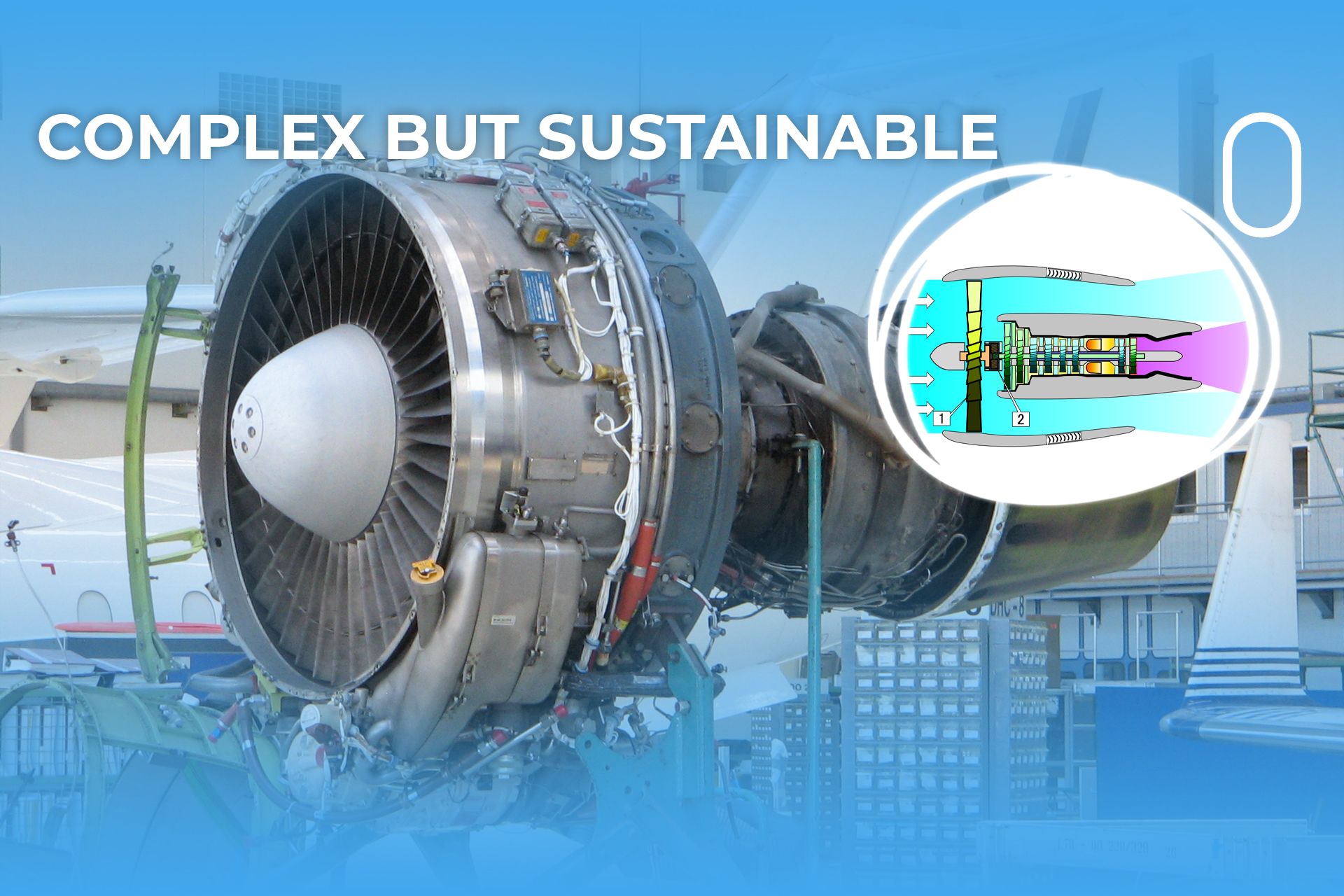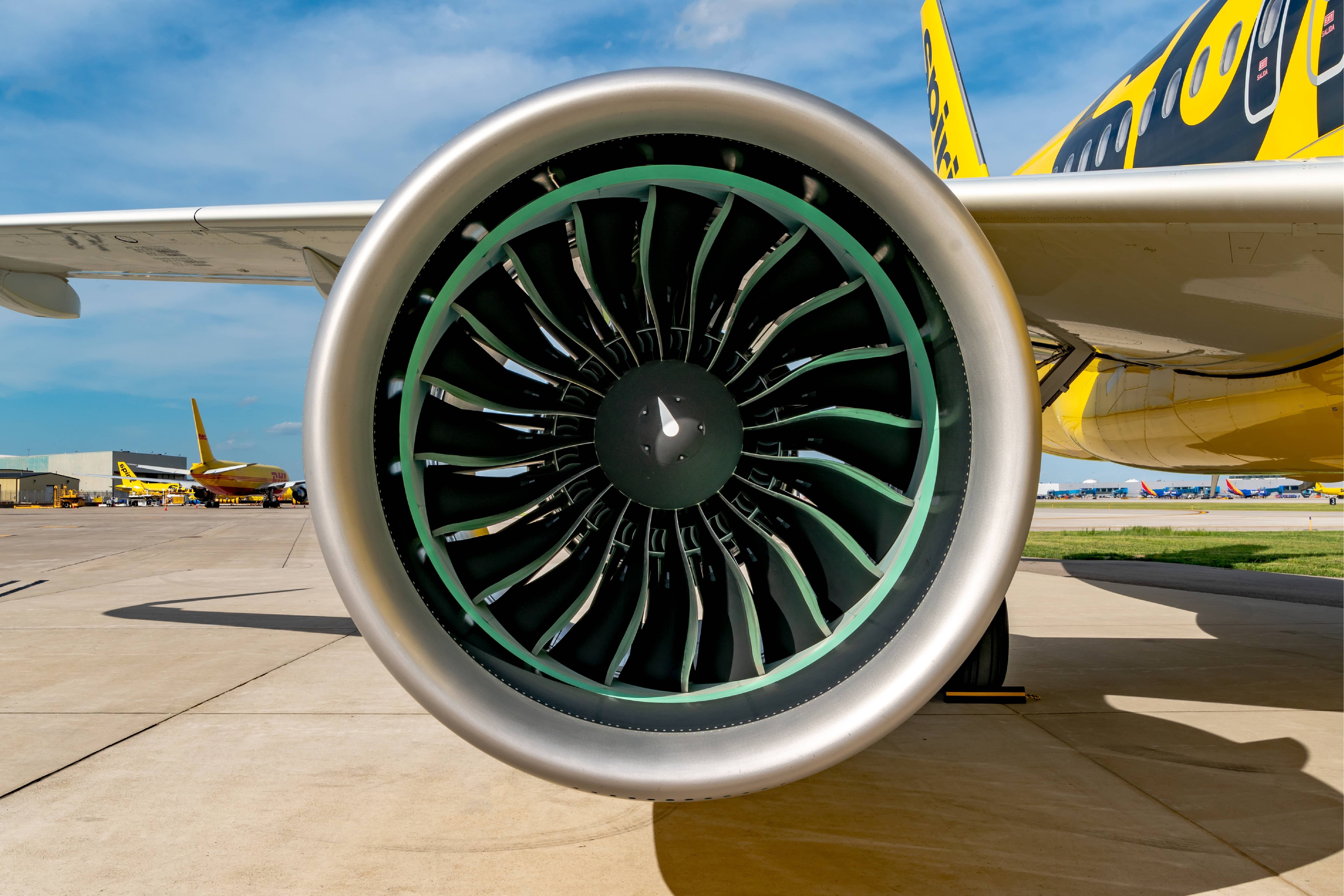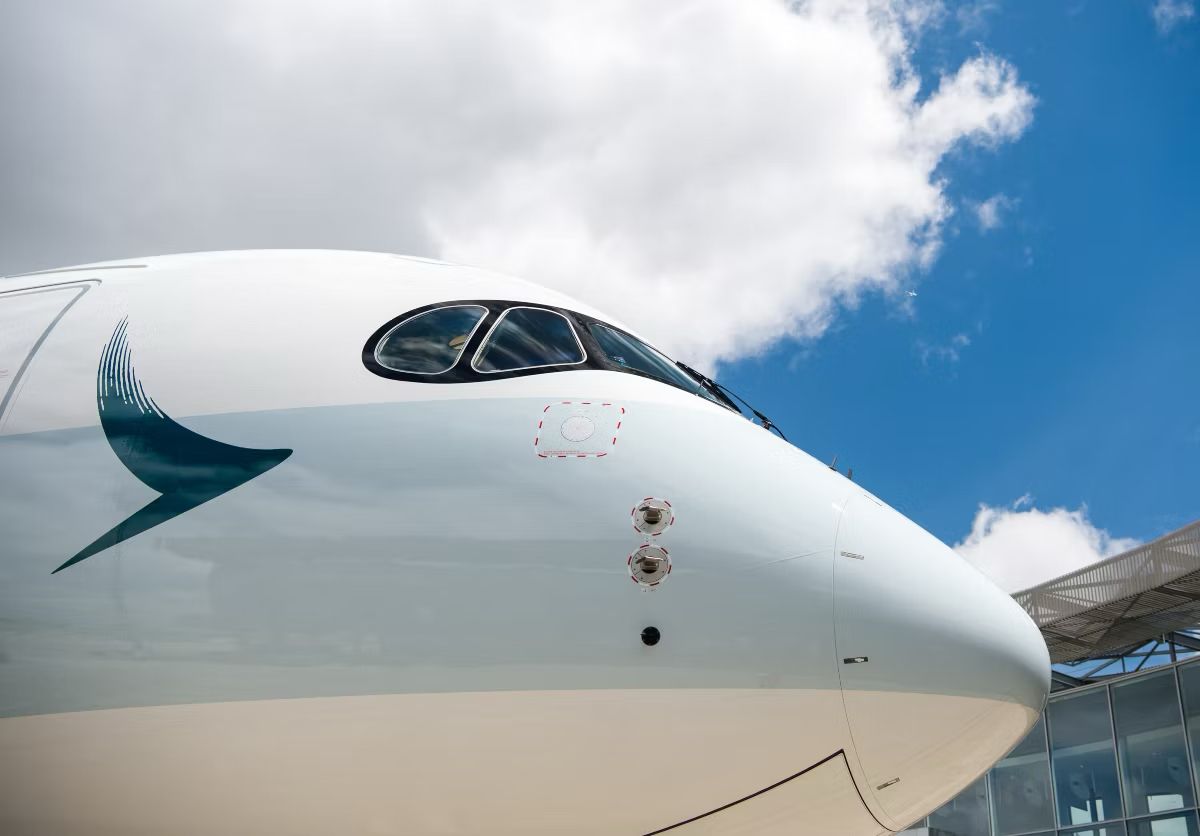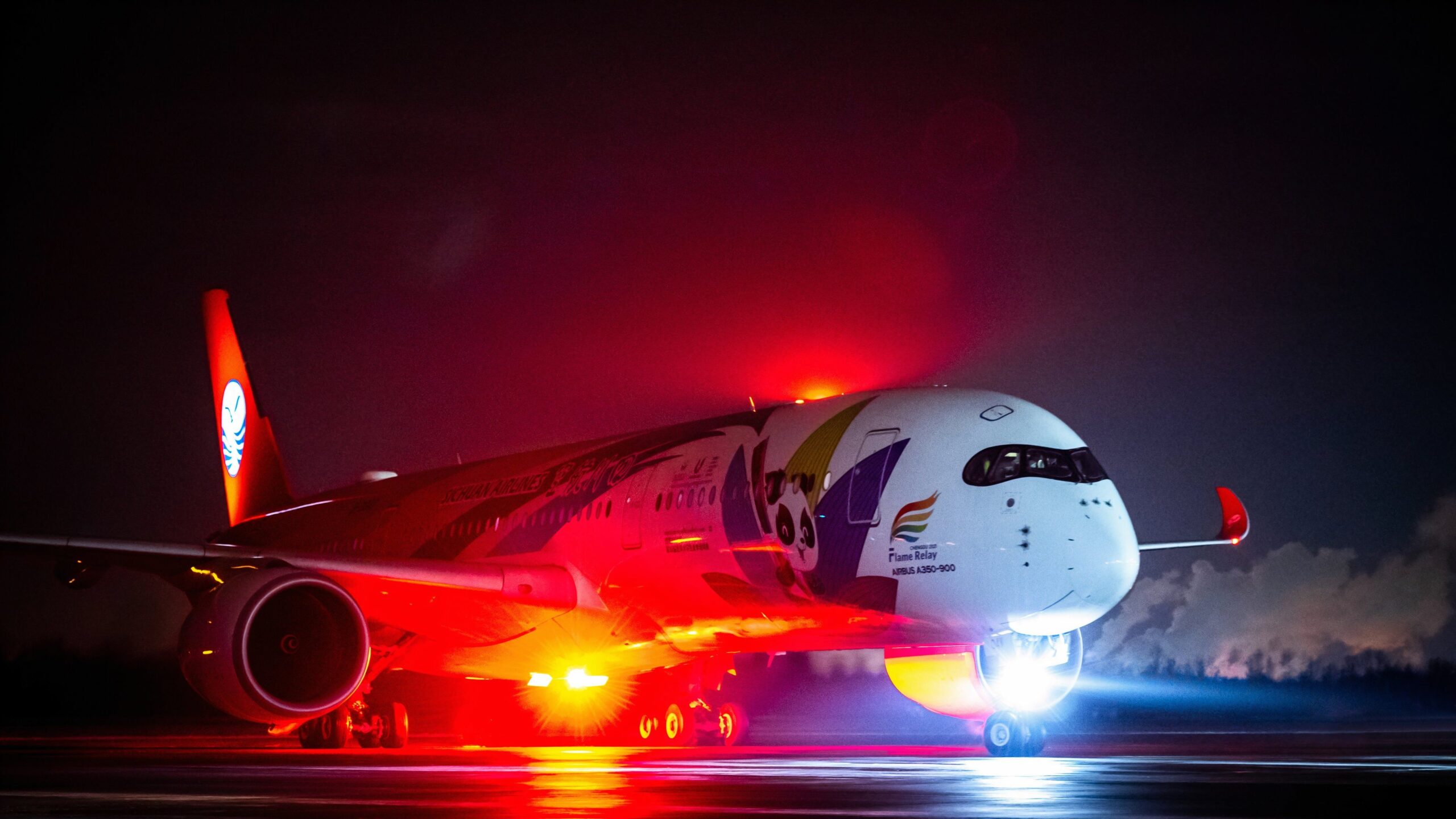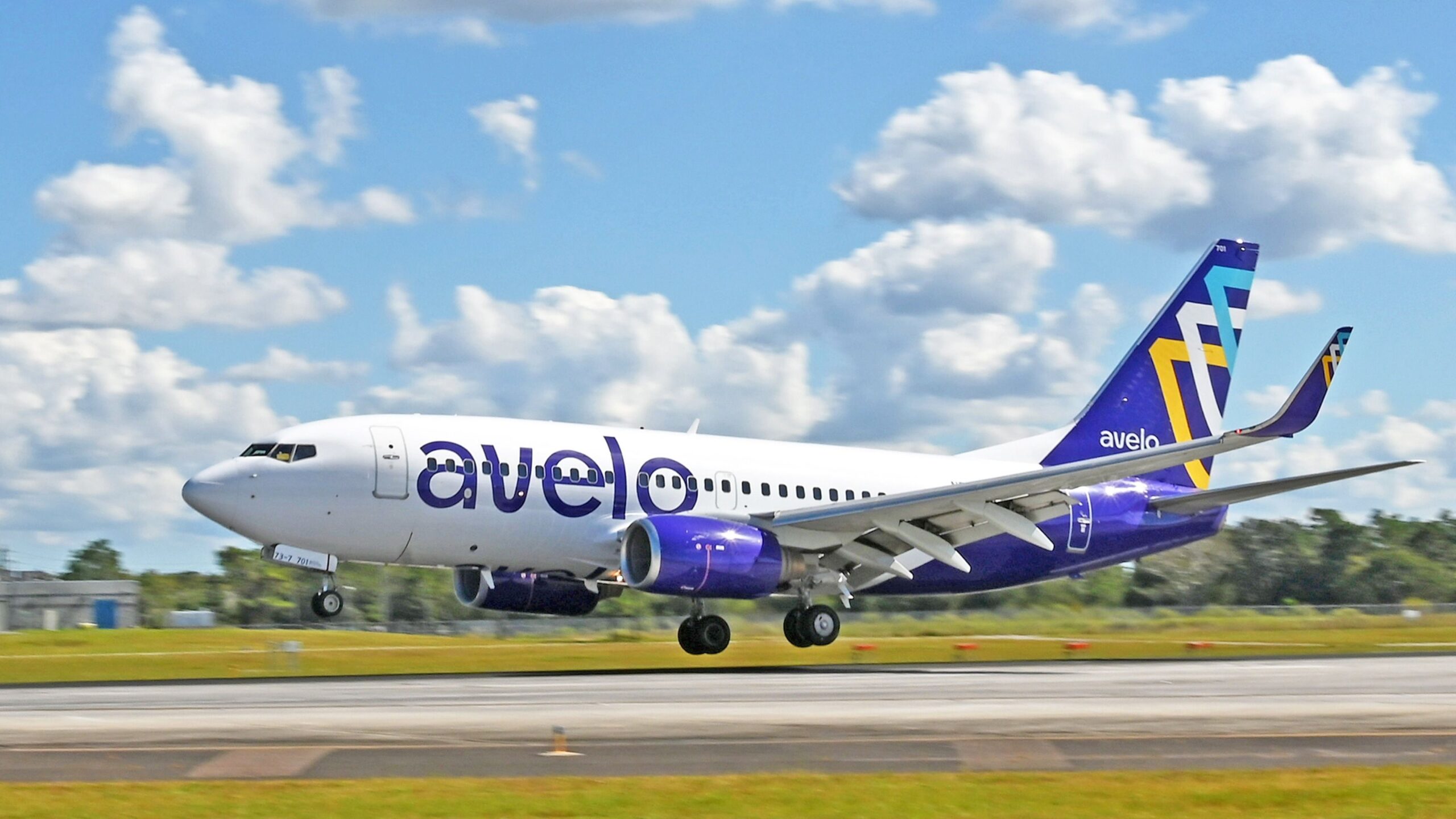Summary
- The geared turbofan (GTF) engine boosts operational efficiency & sustainability due to optimal fan speeds.
- The GTF-powered aircraft offers significant fuel savings, reduced CO2 emissions, and a smaller noise footprint.
- The GTF Advantage configuration provides even higher thrust, 1% additional fuel reduction, and compatibility with SAF.
One of the engine options for the Airbus A320neo family, the Pratt & Whitney GTF engine, is under tremendous scrutiny as the manufacturer and its partners work through inspections of around 1,200 of the latest-generation engines. The Maintenance Repair and Overhaul (MRO) shops worldwide are working hard to reduce the turnaround times for the GTF engine.
Irrespective of the ongoing issues, the GTF engine is one of the most efficient in its class. Moreover, the engines’ sustainability benefits have made them popular among global carriers. This article explores some aspects of the GTF engine that make it environmentally friendly.
The Geared Turbofan (GTF)
In a traditional dual-spool turbofan, the low-pressure shaft connects the fan, low-pressure (LP) compressor, and the LP turbine. A second high-pressure (HP) shaft connects the HP compressor and the HP turbine. The two shafts run concentrically at different speeds, increasing the engine’s overall efficiency. The LP system of a typical narrowbody engine runs at 3,000 rpm, while the HP shaft runs at approximately 15,000 rpm.
Photo: Spriit Airlines
In a geared turbofan (GTF) design, a reduction gearbox is installed between the fan and the LP shaft to allow the two to spin at different (optimal) rotational speeds. The gearbox maintains the fan tip speeds below supersonic levels while keeping the overall fuel efficiency at an acceptable level. The management of fan speed enables fewer LP compressor and turbine stages, which in turn reduces engine weight.
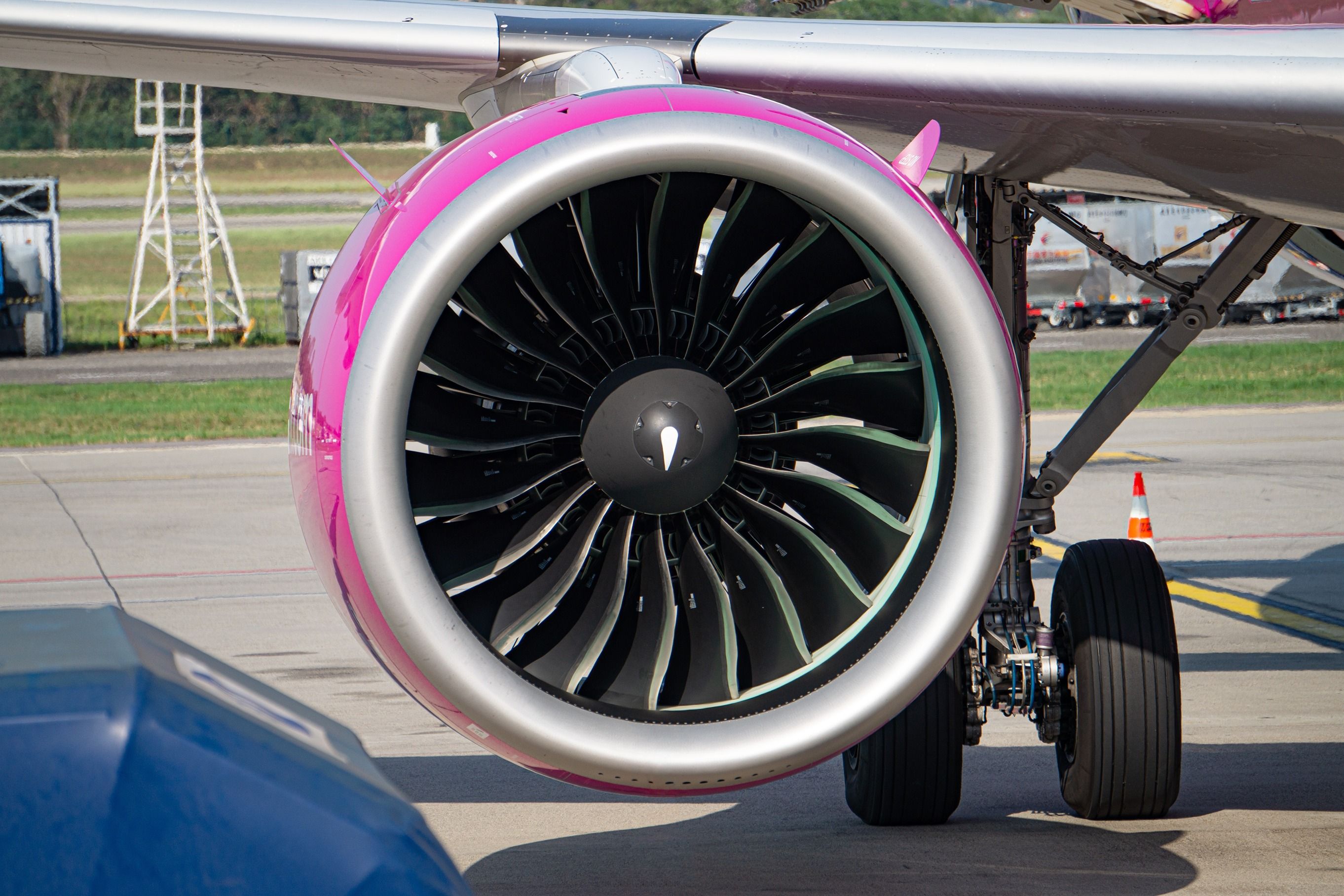
Related
100 Days: MTU Aero Engines Targets Faster Fix On Pratt & Whitney GTF
Some airlines, including Volaris, Turkish Airlines, and Lufthansa, have had to slash capacity with the Airbus A320neo/A321neo.
While some of the weight is offset by the addition of the gearbox, optimal speeds lead to better fuel efficiency and sustainability. Within the LP system, the tip speed of the fan increases relative to the speed of the turbine blades. Moreover, GTF engines use minimal air for expansion which makes them fuel efficient.
Sustainability benefits
- 20 % fuel and CO2 savings possible per trip with GTF-powered aircraft
- 25% fuel and CO2 savings possible per seat with GTF-powered aircraft
- 75% smaller noise footprint, for happier passengers and communities
- 100% certified for operation on 50% SAF, successfully tested on 100%
The Pratt & Whitney PW1000G is a high-bypass GTF engine developed to power a range of narrowbody aircraft. The GTF architecture has enabled up to 16-20% better fuel efficiency for single-aisle aircraft while significantly reducing carbon emissions. The GTF Advantage engine for A320neo family aircraft extends the economic and environmental benefits of the existing GTF engine. According to the President of Commercial Engines at Pratt & Whitney, Carroll Lane, as recorded by
The GTF Advantage programme is an 11 engines programme and P&W is about a 1000 hours into the programme, with over one year of ground and flight testing complete.
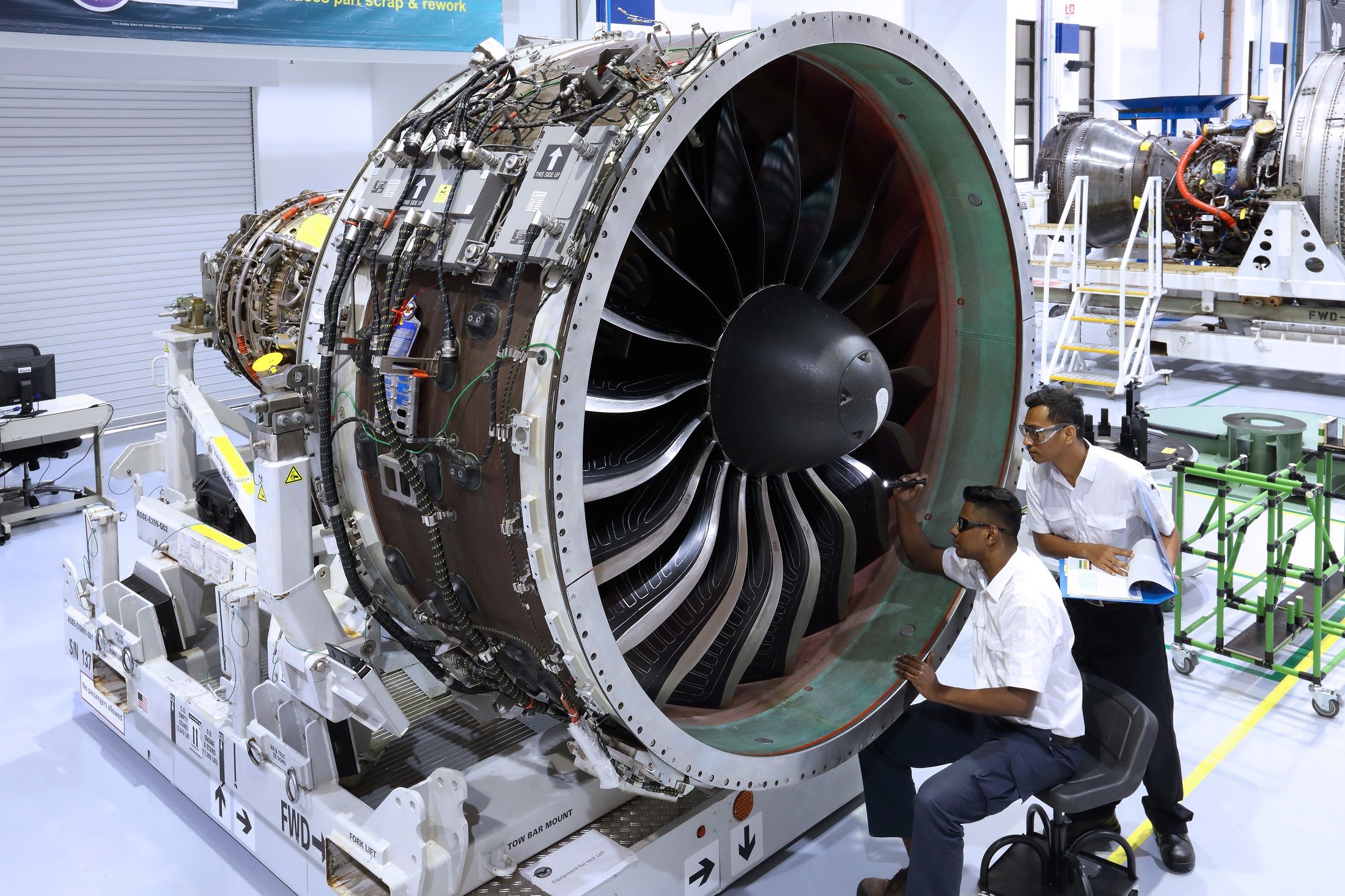
Related
Why Is Pratt & Whitney Inspecting 1,200 GTF Engines?
The accelerated inspection plan begins as early as mid-September.
The GTF Advantage
- 2,000+ aircraft with 80+ operators
- 11,000+ engines ordered by 90+ customers
- 31 million hours of experience
- 1.1 billion passengers carried
- 1.7 billion gallons (6 billion liters) of fuel saved
- 17 million metric tons of CO2 emissions avoided
The GTF Advantage configuration includes technology enhancements throughout the engine core. The engine delivers higher thrust, both at sea level and at high-altitude airports. Available for the A320neo family aircraft starting in January 2024, the GTF Advantage will reduce fuel consumption by an additional 1%, reducing the carbon footprint even further. The engine will enable 4% additional takeoff thrust at sea level and up to 8% more at high-altitude airports.
Photo: Pratt & Whitney
With up to 34,000 pounds of takeoff thrust, the Advantage configuration makes GTF the most powerful engine for the A320neo family. Operators can achieve a higher payload and range thanks to the increased thrust.
The new configuration will be interchangeable and intermixable with the base GTF models. Having the same aircraft interface, the newer model provides greater flexibility for the operators. Moreover, aircraft can successfully operate one of each configuration, maximizing efficiency irrespective of the engine pairing. Carroll Lane commented,
GTF engines met or exceeded fuel, emissions and noise commitments from day one and have since achieved a strong record of dependability and low operating cost. GTF Advantage provides even more value to our customers, both in revenue potential and environmental impact, with lower fuel burn and new route opportunities.
The GTF Advantage engine will be compatible with 100% sustainable aviation fuel (SAF) at its entry into service in 2024.
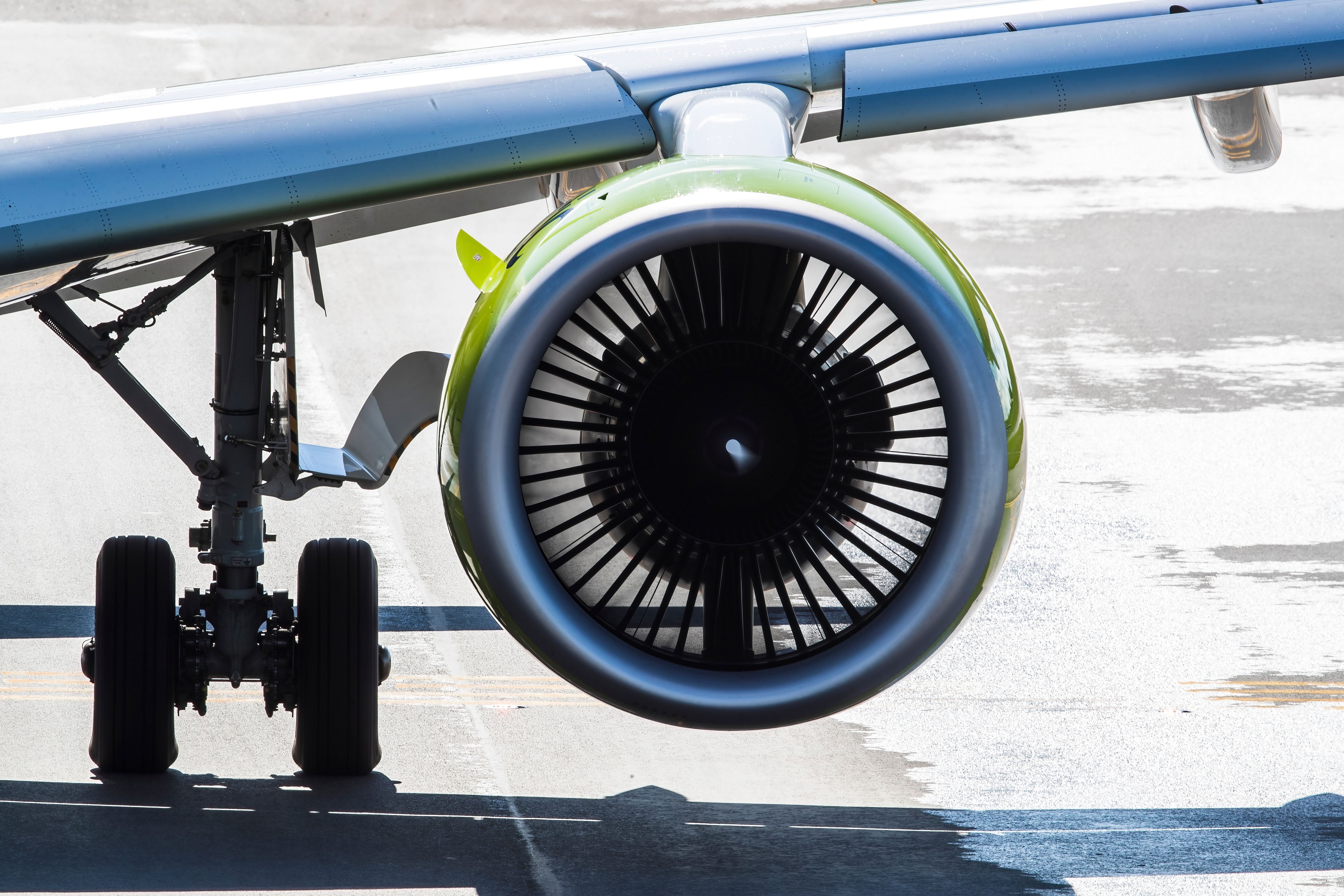
Related
Roadmap To Success: How Pratt & Whitney Plan To Fix The GTF Problems
The issues have caused a major headache for A320neo and A220 operators.

